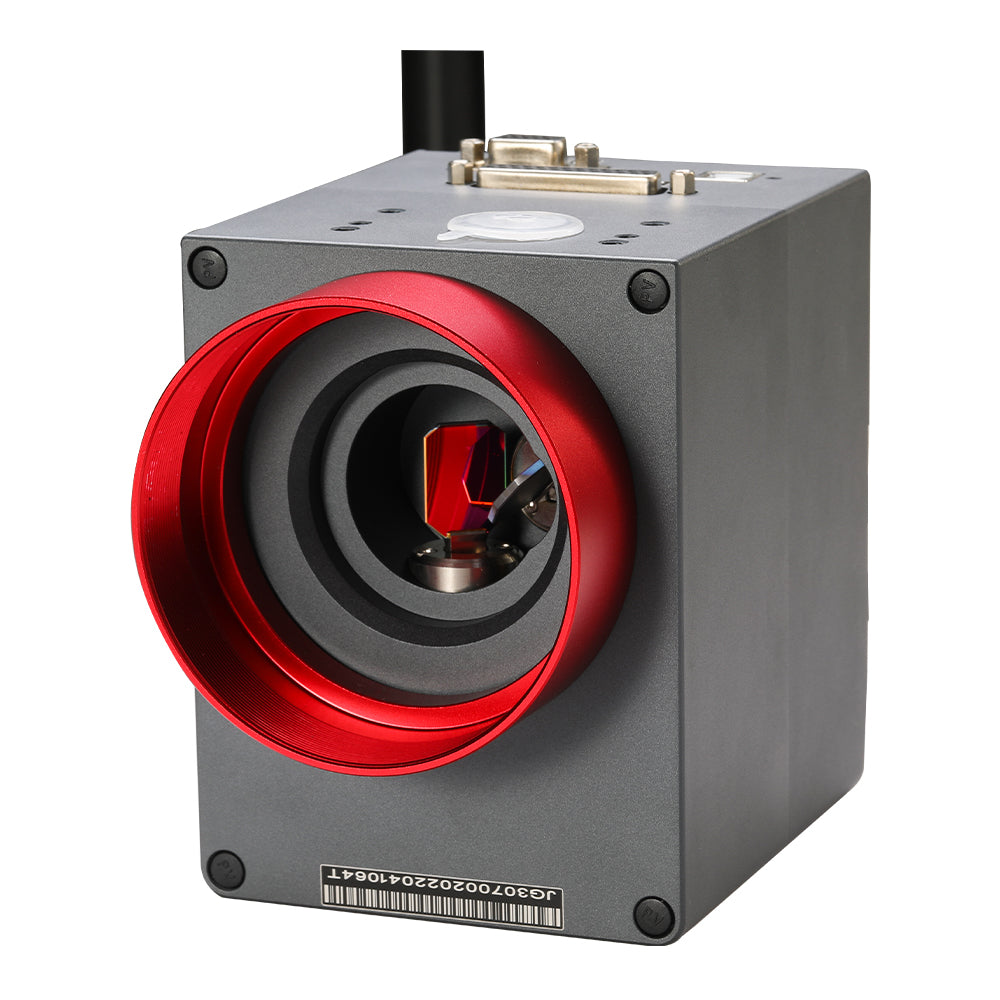Explore the Latest Technologies in Galvo Scanner Technology
A Comprehensive Guide to Different Kinds of Galvo Scanners and Their Applications
Galvo scanners, known for their rate and accuracy, are indispensable to a range of industries from manufacturing to clinical technology. The trip to choosing the optimum galvo scanner for your functional needs starts with recognizing these subtleties.
Standard Introduction of Galvo Scanners
Galvo scanners, brief for galvanometer scanners, are precision devices used to route laser light beams accurately and swiftly throughout an assigned location. These gadgets play an essential function in numerous markets, consisting of clinical, production, and research study, by facilitating high-speed and high-precision laser applications. Essentially, a galvo scanner contains a little, lightweight mirror affixed to a galvanometer, which is an electromechanical device that measures electric current by deflection of a needle. In this context, the galvanometer's deflection device relocates the mirror to steer the laser beam of light.
The core principle behind galvo scanners is the precise and quick control of the mirror's angle, which in turn transforms the direction of the laser beam. This is attained via a closed-loop feedback system that makes sure the mirror's placement is continuously kept an eye on and readjusted for accuracy. The responses system consists of setting sensing units, control electronics, and high-performance electric motors, providing exceptional responsiveness and precision.
Galvo scanners master applications needing intricate and repetitive laser movements, such as laser inscription, cutting, and clinical imaging. Their capacity to run at broadband without compromising precision makes them essential in scenarios demanding both efficiency and precision.
Types of Galvo Scanners
When checking out the types of galvo scanners, it's important to recognize that variants are primarily based upon their layout, application needs, and efficiency specs. Normally, galvo scanners can be classified right into single-axis and dual-axis designs. Single-axis scanners are designed to relocate a beam in one instructions, either flat or vertically. These are often utilized in applications such as barcode scanning and laser inscription, where accuracy in a solitary dimension is extremely important.
Dual-axis galvo scanners, on the other hand, offer two-dimensional control of the light course. This makes them crucial in even more complicated applications like laser light shows, 3D printing, and medical imaging. Dual-axis versions are typically equipped with 2 mirrors and matching galvanometers, permitting for dynamic control over both X and Y coordinates.

Trick Functions to Consider
Several essential features need to be meticulously evaluated when selecting a galvo scanner for your specific application. Speed is an important feature, as it identifies the scanner's capacity to deal with high-frequency jobs effectively. The rate is usually gauged in terms of action time and the maximum variety of points per second the scanner can deal with.

Another important function is the scanner's series of motion, which suggests the maximum angular inconsistency it can attain. A wider variety provides higher adaptability yet may need much more sophisticated control systems. Thermal stability also requires attention, as temperature level changes can influence efficiency; hence, select scanners with robust thermal administration systems.
Industry-Specific Applications
In various markets, galvo scanners play a pivotal role by improving precision and effectiveness in specialized applications. In the clinical field, galvo scanners are important to laser surgical procedures and ophthalmic treatments, where high-speed, exact light beam positioning is vital. These tools enable minimally intrusive surgical procedures by specifically targeting cells, thus minimizing recuperation times and enhancing client outcomes.
In production, galvo scanners are indispensable for laser engraving, cutting, and welding. Their ability to quickly and properly direct laser beam of lights ensures premium surfaces and detailed outlining, which is vital for the production of complicated components in auto, aerospace, and electronics sectors. The fabric sector additionally takes advantage of galvo scanners in fabric click to investigate cutting and engraving, offering both rate and accuracy in processing varied products.

Selecting the Right Galvo Scanner
Choosing the appropriate galvo scanner is a crucial decision that depends upon several key factors, consisting of application requirements, efficiency specs, and spending plan constraints. Plainly define the application needs. Whether the scanner is intended for laser engraving, medical imaging, or 3D printing, each application demands specific efficiency features such as rate, precision, and resolution.
2nd, think about the performance specs. Criteria like scan angle, reaction time, and thermal security are crucial (galvo scanner). A high-speed galvo scanner with a wide scan angle is optimal for large-area marking, while applications calling for great detail might focus on high resolution and precision
Third, account for budget restrictions. visit High-performance galvo scanners come with a substantial financial investment, but their lasting benefits can outweigh first prices. Examine the overall price of ownership, consisting of maintenance, to make sure the selected scanner supplies worth over its life-span.
Conclusion
Comprehending the varied types of galvo scanners and their distinct capabilities is crucial for enhancing performance throughout numerous industries. Dual-axis and single-axis designs satisfy different functional complexities, while high-speed and high-precision variations address specific demands in manufacturing, fabrics, clinical fields, and 3D printing. Cautious option based on the distinct attributes and application demands of each kind of galvo scanner makes sure boosted effectiveness and precision, therefore substantially boosting overall operational end results.
Galvo scanners, short for galvanometer scanners, are accuracy tools made use of to direct laser beams precisely and rapidly across an assigned location.When discovering the types of galvo scanners, it's vital to comprehend that variants are mainly based on their layout, application requirements, and efficiency specs. Each type of galvo scanner is hence uniquely tailored to meet particular functional needs, making sure optimum efficiency throughout numerous applications.
The precision of a galvo scanner directly impacts the top quality of the output, making it vital to consider the scanner's capacity to preserve high-resolution efficiency (galvo scanner). Careful option special info based on the unique features and application demands of each type of galvo scanner makes sure boosted effectiveness and precision, therefore dramatically improving total operational end results